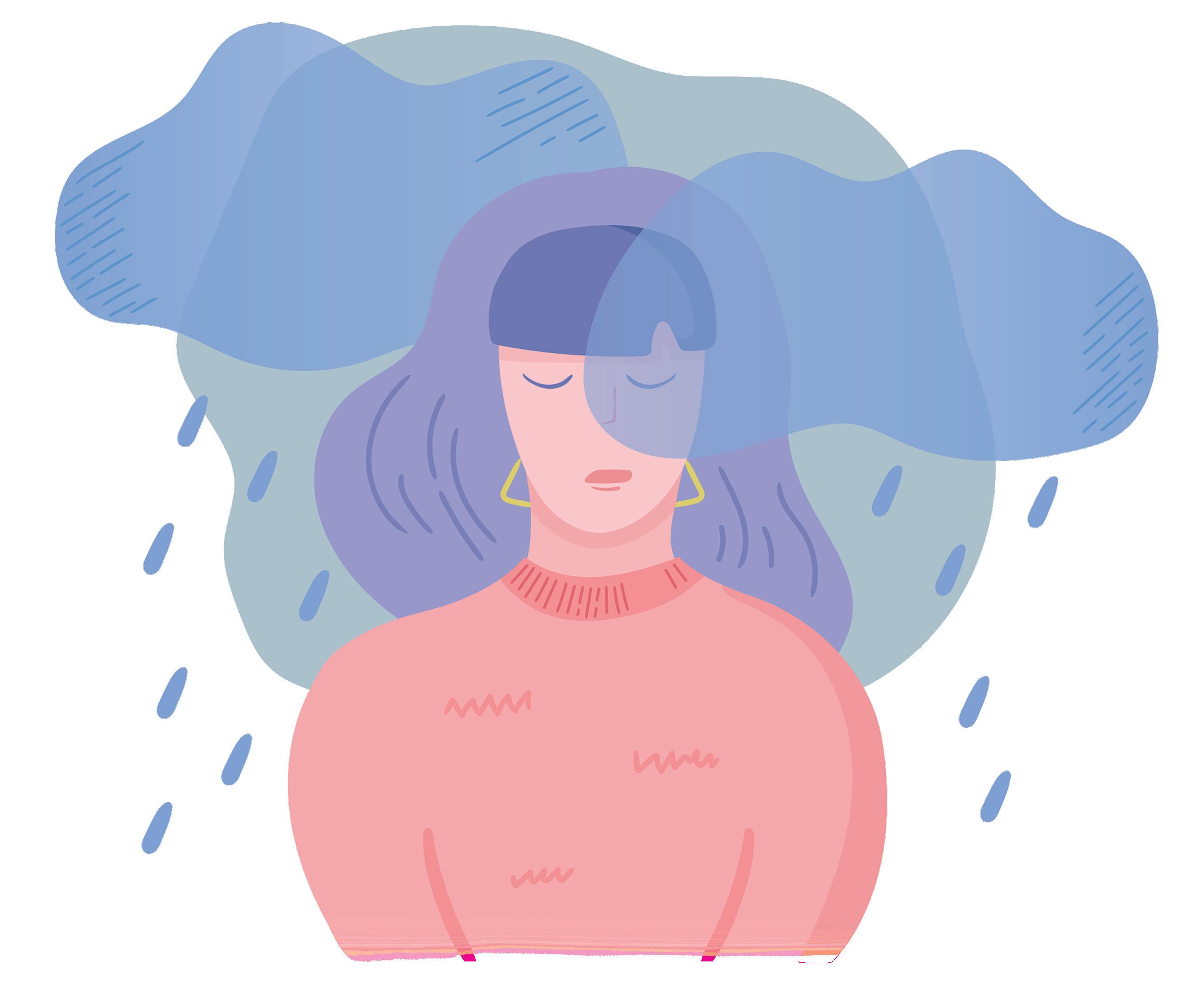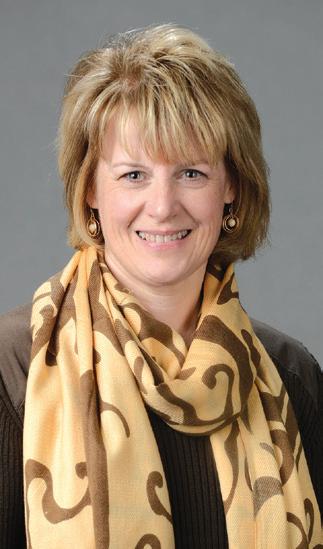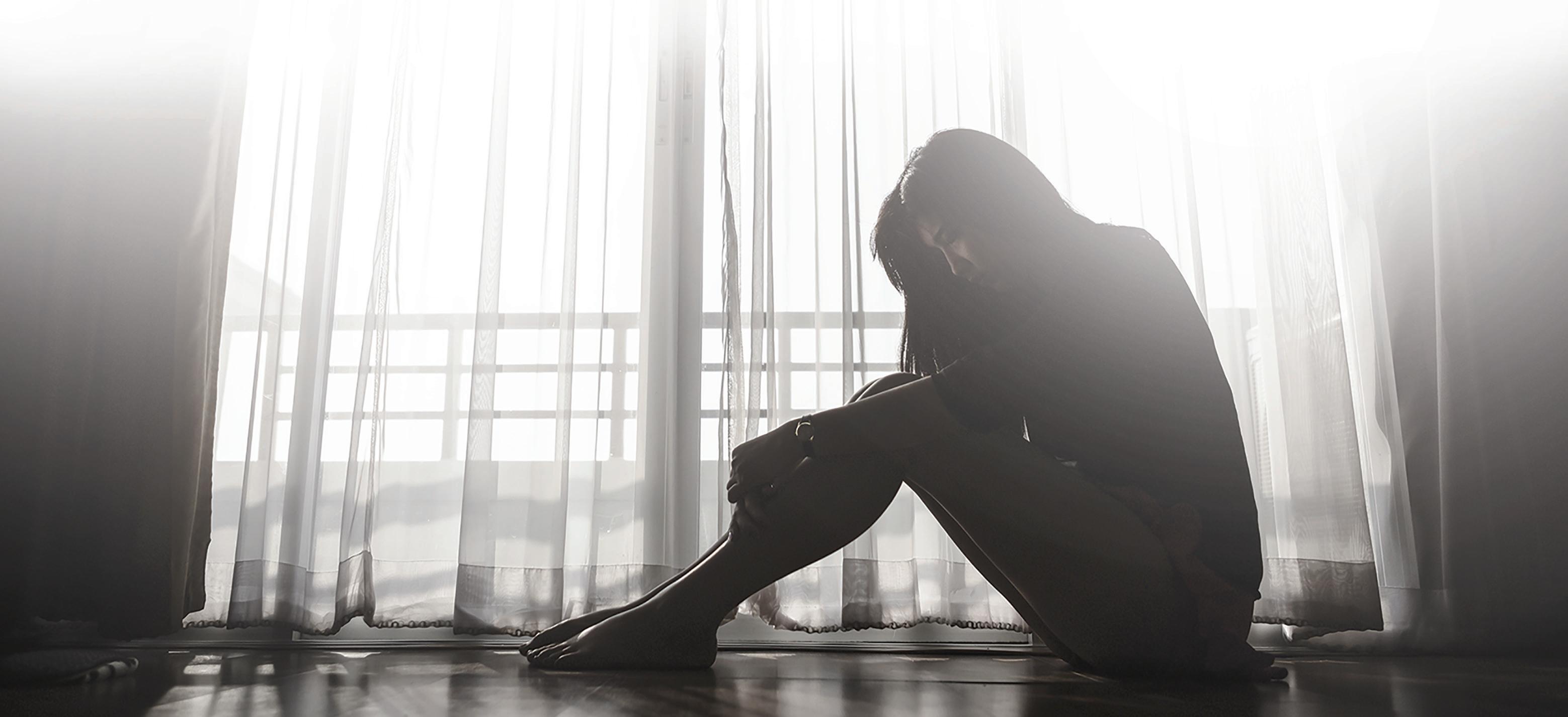
6 minute read
Mental health issues touch people of all ages — even children
Local Professionals Provide Tips For Parents
BY ANDREA BUSCHE
Mental health conditions affecting young people seem to be more prevalent in the news these days. Sometimes, the condition is triggered by a traumatic event, such as bullying, but mental illness can also be genetic.
No matter the cause, many mental health concerns, ranging from anxiety and depression, attention deficit and hyperactivity disorder, and even suicidal thoughts, do not discriminate due to one’s age. Even young children can be affected. And, as with all health conditions, the early detection and treatment of mental illness is imperative.
Two local professionals, Dr. Judith Christianson, child and adolescent psychiatrist at St. Luke’s Outpatient Mental Health Clinic, and Diane Holliday-Welsh, operations administrator, behavioral health and emergency medicine at Essentia, provide some of the warning signs. They also share steps parents can follow, to help ensure your child receives the proper care and treatment.
Warning signs
In most instances, your child will begin to exhibit a predictable set of behaviors indicating that they are struggling with their mental health. “Some signs or symptoms to watch for are changes in behavior, a change in engagement in activities, a change in friendships, and more isolation,” Holliday-Welsh said.
Parents should also monitor their child’s social media messages. Holliday-Welsh is aware of at least one group, made up of four to five young people, who were involved in a suicide pact; they had discussed their plans on the social media site Instagram.
Dr. Christianson said that participation from your child’s school can also help identify a problem. “Feedback from teachers about how a child is doing at school can be helpful, as educators have exposure to many children,” she said. “This applies all the way down to preschool, especially because symptoms related to conditions such as ADHD or autism may seem more apparent when a child transitions into those more structured settings.”

“In all children,” Dr. Christianson added, “Any big change in behavior would be worth learning more about. A child or teen becoming more isolative, starting to struggle academically, or becoming more reactive/emotional to usual stressors would warrant a parent pausing to check in and learn more about how that child is doing.”


Commonly seen conditions
When it comes to the gamut of mental health concerns, youths can suffer from many of the same conditions as adults. Holliday-Welsh shared that the most commonly seen youth mental health conditions at Essentia are issues related to anxiety, depression and suicidal thoughts or attempts.

Dr. Christianson breaks it down further, by age. “There is a bit of a divide in children, between adolescents and preadolescents when it comes to commonly seen conditions,” she said. “In pre-adolescents, the most predominant conditions referred to me are disruptive behavior disorders, attention deficit and hyperactivity disorder (ADHD) and anxiety disorders.”
“In the adolescent populations, the most common conditions are depression, anxiety disorders (such as posttraumatic stress disorder, obsessive compulsive disorder, generalized anxiety disorder and social phobia) and ADHD. I also care for a number of individuals with mild to moderate severity autism spectrum disorders; I would say with equal prevalence in both age groups.” Dr. Christianson added that mental health providers also treat eating disorders in youths, such as anorexia, bulimia and binge eating disorder.
First steps
If a parent or guardian suspects their child is suffering, there are a few things they can do. “The first step is to ask your child or teen how things are going,” Dr. Christianson said. “Parents can share with their child what they have observed; for example, noticing that the child is isolating, and asking the child if they have noticed the same behavior. Ask the child if she is concerned and wants help.”
“For younger children, the responsibility is on the shoulders of the parent to reach out,” she added. “In the St. Luke’s system, that means talking to your child’s primary care provider. Depending on the symptoms of concern, that provider would then make the referral to the mental health clinic.
“Next, we determine what services would best support and aid that child. Adolescents are a bit more challenging, if this is the first time talking about mental health concerns in their life. At times, teens are asking parents for help; other times, parents have to seek care based on their observations and/or concerns despite their child being unwilling to seek care.”
Seek help early
It is beneficial for a condition to be caught as early as possible. “Those first 18 years of life include a significant amount of developmental work to accomplish, and on top of that, there is the academic growth that needs to happen, as well,” Dr. Christianson said.
“Early intervention facilitates stabilization at the child’s typical level of functioning. This is even more important in developmental conditions, such as autism spectrum disorders, where we want to get behavioral and communication supports in place as early as possible to improve the prognosis.”
Holliday-Welsh added, “Like any health condition, early identification is always important. I’d advise a parent to start with their child’s primary care physician, who can identify the next steps. If it’s a crisis situation, they might be referred to the emergency room. It’s important not to underestimate any potential risk.”
Insurance
Most major insurance providers offer coverage for mental health issues. “Most provide coverage for outpatient treatment and for acute psychiatric hospitalization,” Dr. Christianson said.

“It’s a bit more complex regarding other levels of care such as residential treatment, partial hospitalization, and certain types of substance rehabilitation programs,” she added. “I have definitely seen more variability in coverage for those treatment settings across insurers.”
Treatment and resources
When it comes to treating mental health conditions in children, Dr. Christianson said, “The first line is usually outpatient treatment, which may be comprised of therapy, medication management or both. In many cases, we rely on the primary care providers in our community to be first line prescribers in treating pediatric anxiety, depression and ADHD, given the scarcity of child and adolescent psychiatrists in the Duluth area.”
Holliday-Welsh also made mention of a specific type of treatment — dialectical behavioral therapy, or DBT. DBT focuses on therapeutic skills in four key areas: mindfulness, distress tolerance, emotion regulation and interpersonal effectiveness. “This method helps the child learn to use mindfulness to help manage their anxiety and learn to selfmanage their condition,” she said.
When it comes to specific mental health resources available in the Northland, there are many, including:
• Amberwing
• Cambia Hills

• Help Me Grow, which offers free 0-5 evaluations and interventions for developmental concerns including behavior concerns
• Duluth Psychological Clinic
• Northwood Children’s Services
• Insight Counseling
• Harbor City Psychological Associates
• North Homes Children and Family Services
• Duluth Counseling Center
• Center for Changing Lives (for homeless youths)
• Bethany Crisis Shelter, which provides 24/7 housing and care for youth 17 and under
• Arrowhead Psychological Associates
• Miller Dwan Foundation
• Nystrom and Associates
• The Human Development Center
• Little Learners, which helps kids 16 months of age to 6 years of age who are at-risk
• The Emily Program, which treats eating disorders
• Minnesota Autism Center, for autism-specific care
Finally, some cases benefit from additional services such as a Children’s Mental Health Case Manager (CMHCM) or Children’s Therapeutic Services and Support (CTSS). These are resources that often fill the gap between routine outpatient care and higher levels of care.
Support groups
Talking about mental health concerns with others who are struggling can be therapeutic for both individuals and families. There are a variety of support groups available to serve this purpose, including:
• Amberwing
• Northland Children’s Mental Health Collaborative
• St. Louis County voluntary children’s mental health case management
• Birch Tree Center
• National Suicide Hotline
• PACER, which provides help with understanding school accommodations for mental health
• Duluth East Grief Support Group (Insight Counseling)
Dr. Christianson also at times directs patients and their families to the National Alliance on Mental Illness (NAMI)’s website, NAMI.org. They are a great resource for information, and there is even a Duluth area chapter, namidulutharea.com.
Advice
Dr. Christianson said that even if your child has received a mental health diagnosis, it’s important to remain hopeful. “Your child is not their diagnosis,” she said. “It does not define them. It is simply a part of their narrative, and children are much more neurologically plastic than adults.” And, she has specific advice for the kids, themselves, too. “Your mental health status in the future is simply that — in the future,” she said. “It might be better. It might not. If you are depressed now, you aren’t destined to be forever more. Just keep swimming; you’ve got this.”
Speaking directly to parents, she added, “Remember that raising a child is joyful, but also filled with challenges and problems. You’re not alone. All parents feel frustrated at times, or don’t know what to do. Be compassionate to yourself and to your mate. You’ll get through this, and so will your child.” — MDT
PHOTOS BY CLINT AUSTIN










